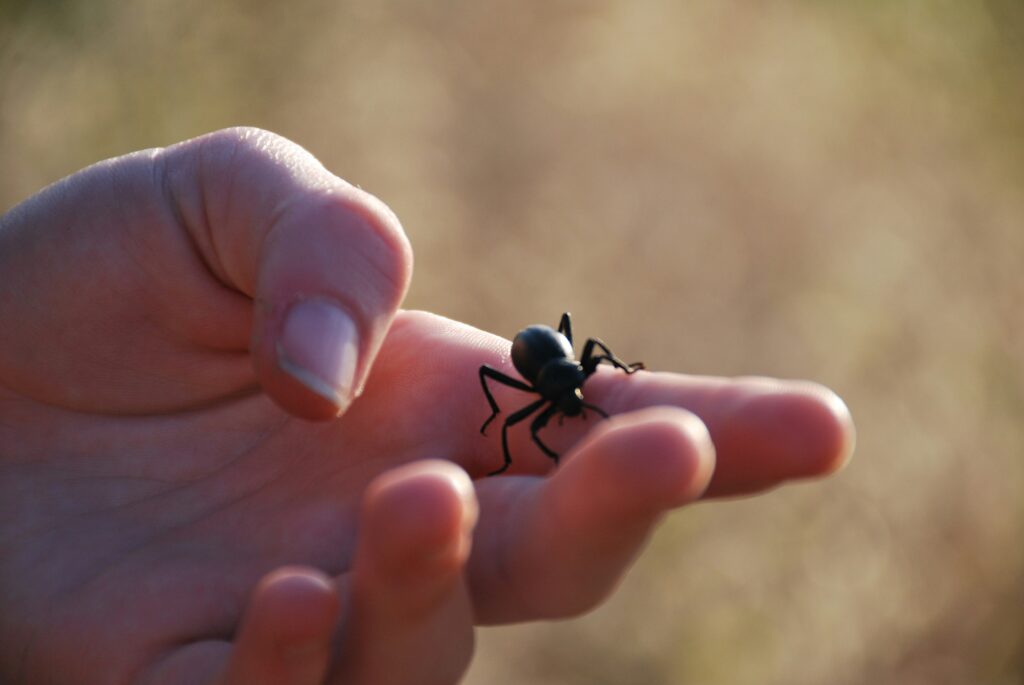Have you ever considered keeping an insect as a pet? While they might not be the first creatures that come to mind when thinking of animal companions, insects can make fascinating, low-maintenance pets that offer unique educational opportunities. For beginners venturing into the world of entomology, several species stand out for their ease of care, interesting behaviors, and relatively simple housing requirements. Unlike traditional pets, most pet insects require minimal space, produce little waste, and can thrive with just weekly attention to their basic needs. Whether you’re a curious adult, a parent looking to teach children responsibility, or someone with limited space for conventional pets, insect keeping might be the perfect hobby to explore. This guide will introduce you to the most beginner-friendly insects that can open the door to an entirely new realm of pet ownership.
Stick Insects: The Gentle Giants
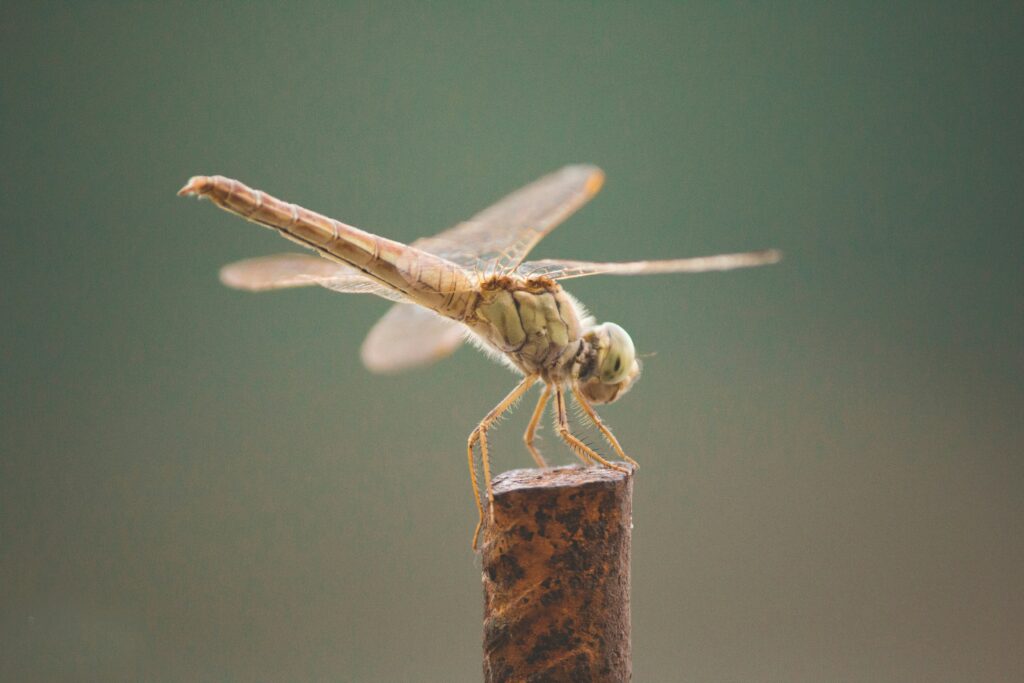
Stick insects, also known as walking sticks or phasmids, are among the most popular and beginner-friendly insects to keep as pets. These remarkable creatures range from just a few inches to nearly a foot long, depending on the species, and perfectly mimic twigs or leaves as a natural camouflage mechanism. Most stick insects have simple care requirements – a tall enclosure with proper ventilation, regular misting for humidity, and fresh leaves from plants like bramble, oak, rose, or ivy, depending on the species. Their docile nature makes them excellent handling subjects, allowing beginners to observe them up close without fear of stings or bites. Additionally, many species can reproduce parthenogenetically (without males), meaning a single female can potentially provide you with generations of these fascinating creatures.
Madagascar Hissing Cockroaches: Surprisingly Charming
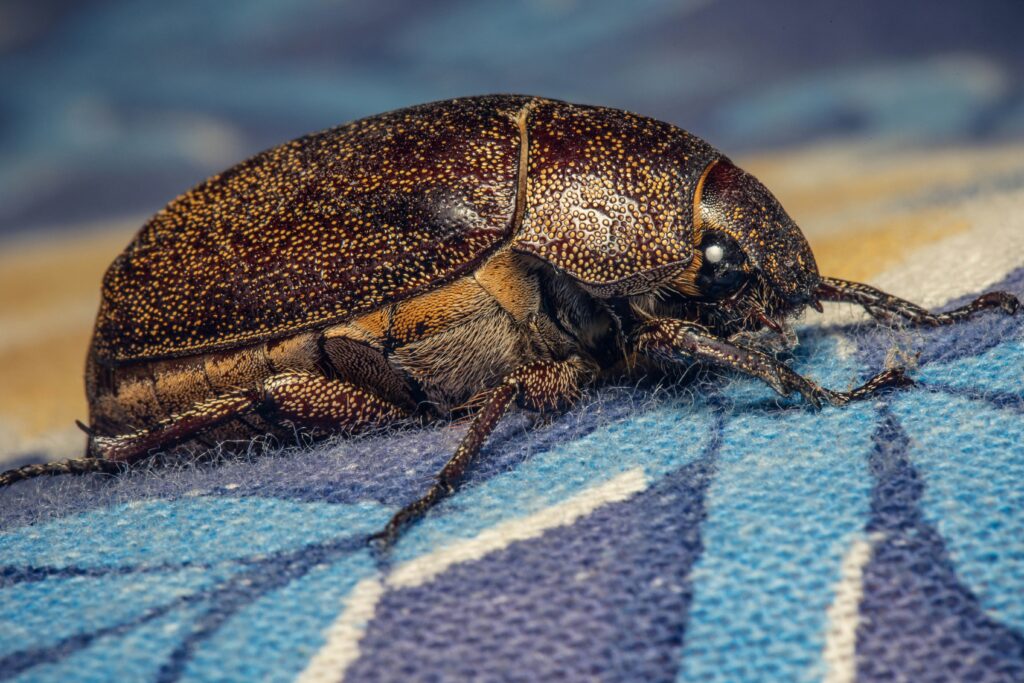
While cockroaches might not immediately seem like appealing pets, the Madagascar hissing cockroach challenges negative stereotypes with its fascinating behaviors and ease of care. These large, wingless cockroaches get their name from the distinctive hissing sound they make when disturbed or during courtship, created by forcing air through specialized breathing tubes. Unlike pest species, these cockroaches are clean, odorless, and cannot climb smooth surfaces, making them unlikely to escape their enclosure. They thrive in simple setups with a substrate of soil or coconut fiber, hiding places like cork bark, and a diet of fresh fruits, vegetables, and commercial roach food. With proper care, these hardy insects can live for 2-5 years, making them relatively long-lived compared to many other pet insects and allowing keepers to form genuine connections with them.
Mealworms and Darkling Beetles: The Full Life Cycle Experience
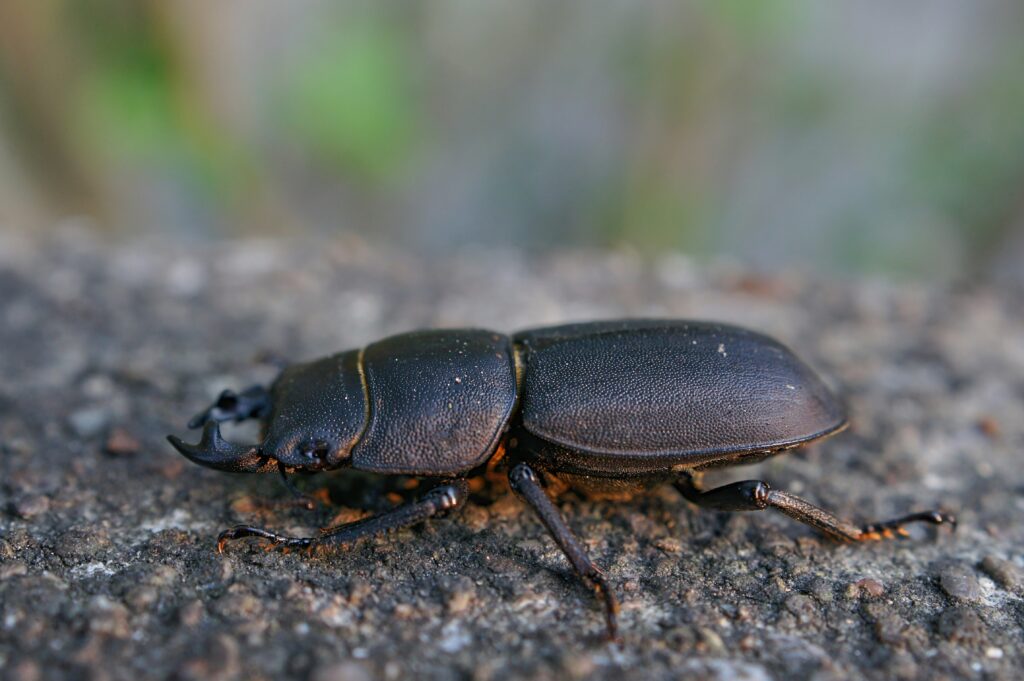
Mealworms, which are actually the larval stage of darkling beetles, offer beginners the unique opportunity to observe a complete insect metamorphosis from larva to pupa to adult beetle. These insects require perhaps the simplest setup of any pet insect – a shallow container filled with oatmeal, wheat bran, or other grain products serves as both habitat and food source. Fresh vegetables like carrot slices or potato pieces can be added to provide moisture, though these should be replaced regularly to prevent mold. The entire life cycle takes several months, making this a perfect educational project for children or classrooms. Adult darkling beetles are harmless, cannot fly far, and are fascinating to observe as they continue the cycle by laying eggs that hatch into tiny mealworms, allowing keepers to maintain a continuous colony with minimal effort.
Giant African Land Snails: Technically Not Insects, But Just As Easy
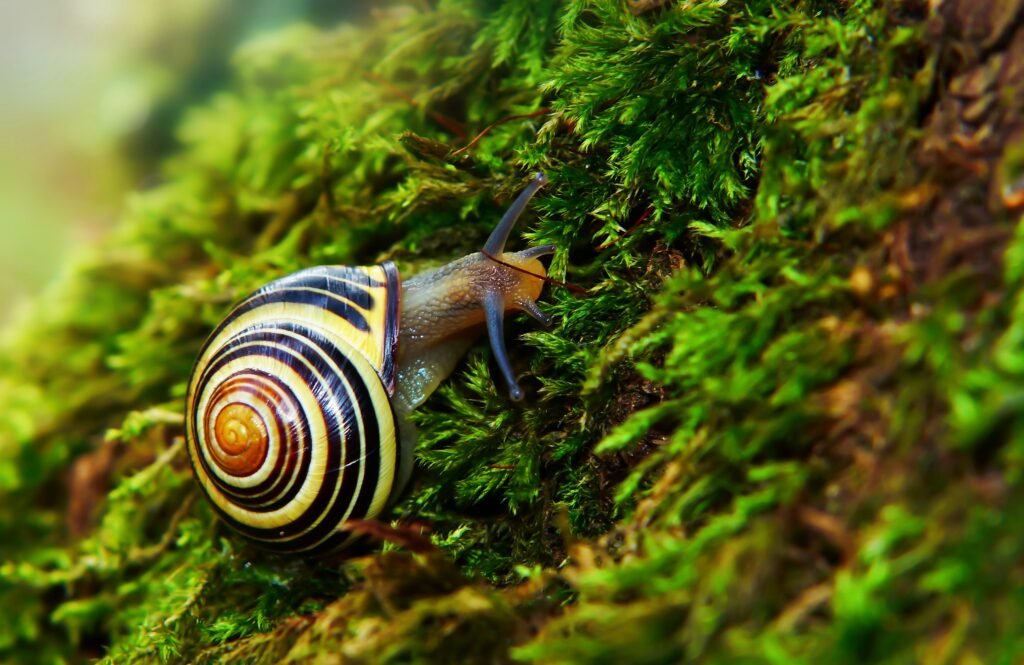
While not technically insects (they’re mollusks), giant African land snails deserve mention for being exceptional beginner invertebrate pets with similar care requirements. These fascinating creatures can grow to impressive sizes – some reaching 8 inches in length – and can live for 5-10 years with proper care. Their housing needs are straightforward: a terrarium with 3-4 inches of soil substrate that’s kept moderately humid but not wet, with hiding places and climbing opportunities. These snails are strict herbivores, happily consuming a wide variety of fresh vegetables, fruits, and commercial snail food, with calcium supplementation necessary for healthy shell growth. It’s worth noting that in some countries and regions, including the United States, these snails are regulated or prohibited due to their potential as invasive species, so checking local regulations before acquiring them is essential.
Praying Mantises: The Charismatic Predators

Praying mantises captivate beginners with their alien-like appearance, incredible hunting abilities, and surprisingly expressive behaviors. Their distinctive forearms, held in a “prayer” position until deployed with lightning speed to catch prey, make them one of the most recognizable insects in the world. Housing mantises is relatively simple – a container at least three times the mantid’s length in height and twice its length in width, with sticks and plants for climbing and molting. Feeding involves offering appropriate-sized live insects such as fruit flies for nymphs (baby mantises) and crickets, flies, or moths for adults. One particularly engaging aspect of keeping mantises is their feeding behavior – watching them stalk and capture prey showcases their remarkable precision and hunting strategies. Most species live for 6-12 months, with their complete life cycle from egg case to adult providing an educational journey for keepers.
Millipedes: The Gentle Decomposers
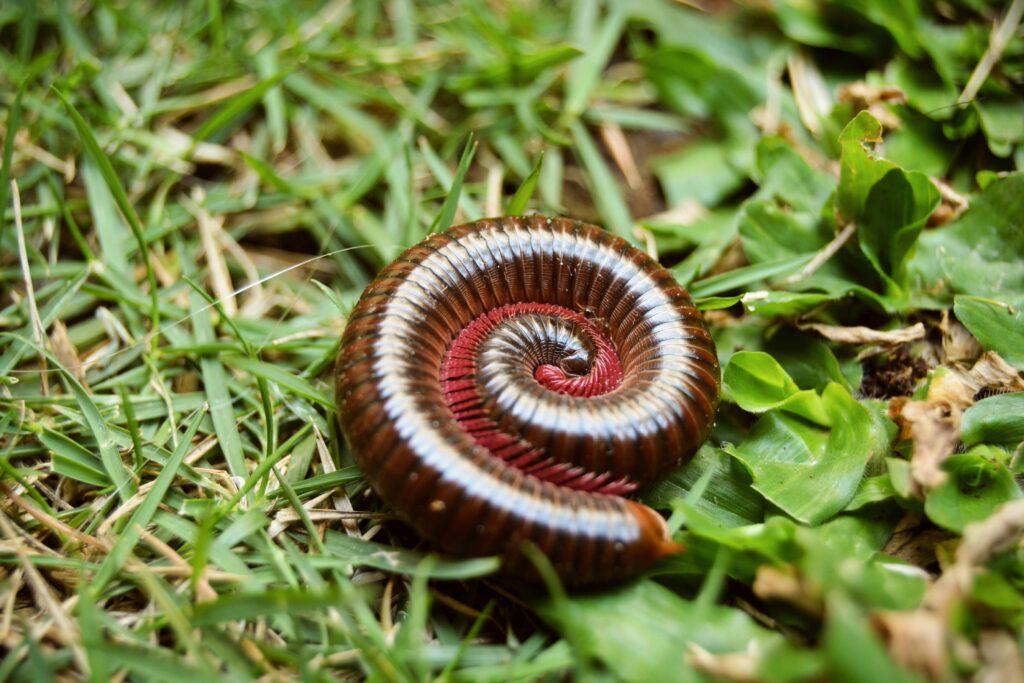
Millipedes are peaceful detritivores that make excellent pets for beginners seeking a low-maintenance invertebrate. Despite their somewhat intimidating appearance with numerous legs (though never actually a thousand, despite their name), millipedes are completely harmless, lacking the ability to bite or sting. These fascinating creatures require a simple setup with a few inches of substrate composed of a mix of coconut fiber, leaf litter, and decaying wood, which serves as both their home and food source. Regular misting maintains the humidity they need, while supplemental foods like fresh vegetables, fruits, and commercial millipede food provide additional nutrition. Many species, such as the giant African millipede, can live for several years and reach impressive sizes of 6-10 inches, making them long-term companions. Perhaps most appealingly for beginners, millipedes have a gentle disposition that makes them suitable for careful handling, allowing owners to observe their mesmerizing wave-like walking motion up close.
Ant Colonies: The Social Experience

Ant colonies offer a completely different pet experience, focusing on observing complex social behaviors rather than individual personalities. Modern ant farms or formicaria, especially those made with clear gel or sand between transparent panels, provide fascinating windows into the normally hidden world of ant society. Beginners should start with species known for being docile and easy to care for, such as harvester ants, which are readily available from specialized suppliers. The initial setup requires purchasing a queen and worker ants (in regions where this is legal) or, more commonly for beginners, a tube of worker ants to place in the habitat. Feeding requirements vary by species but typically include small amounts of honey, sugar water, and occasional protein sources like small insects. The most rewarding aspect of keeping ants is watching them create tunnels, chambers, and witnessing their incredible division of labor as the colony develops over time.
Ladybugs: Beneficial and Beautiful
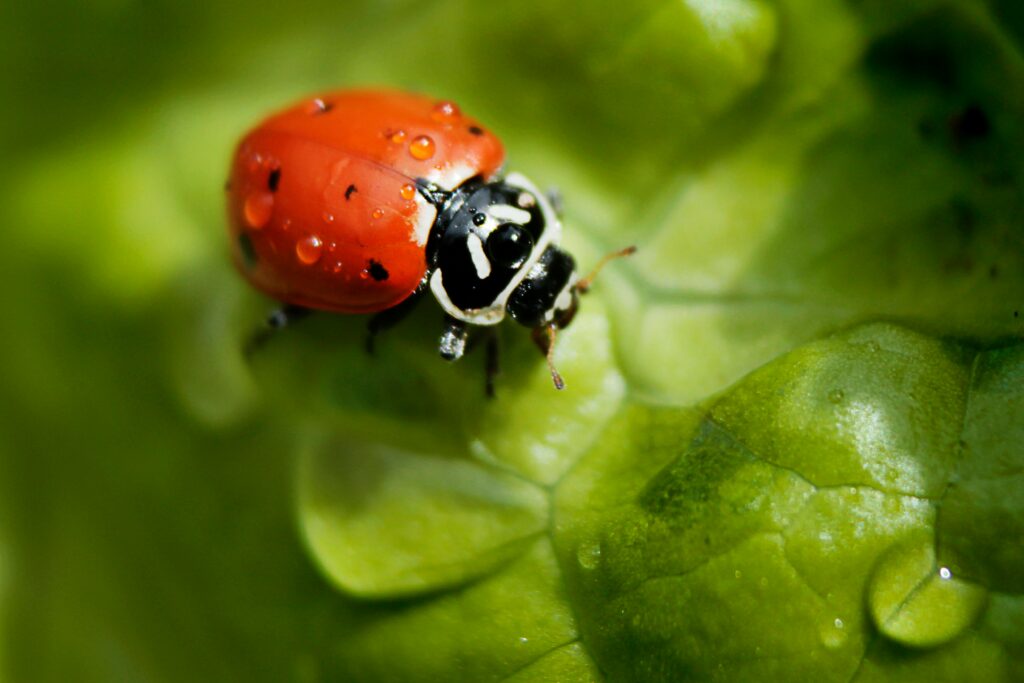
Ladybugs, or lady beetles, make charming temporary pets that can later be released to benefit your garden. These beloved insects are natural predators of garden pests like aphids, making them both educational pets and beneficial allies in plant care. Keeping ladybugs is straightforward – a ventilated container with some twigs and leaves provides adequate housing, while their diet consists of raisins soaked in water, honey water on a cotton ball, and if possible, aphids (which can be collected from plants or purchased from garden supply stores). While individual ladybugs typically only live for a few weeks to months in captivity, observing their distinctive spotted patterns, watching them fly with their hidden wings, and learning about their role in ecosystem balance makes them excellent short-term pets for children and beginners. After a period of observation, releasing them into your garden creates a perfect full-circle learning experience about beneficial insects.
Crickets: The Musical Companions
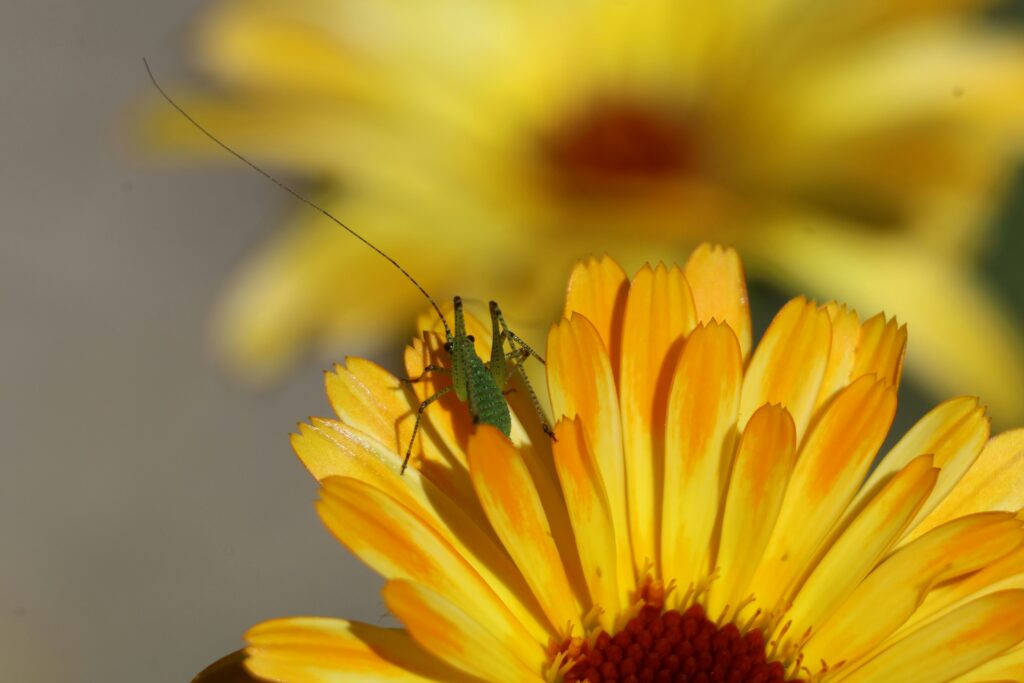
While often thought of as merely feeder insects for other pets, crickets themselves can make entertaining and educational short-term pets. Their distinctive chirping (produced only by males by rubbing their wings together) provides a natural soundtrack that many find soothing, particularly in the evening hours. Housing crickets requires a simple container with egg cartons or toilet paper tubes for hiding places, a substrate of paper towels for easy cleaning, and proper ventilation. Their diet consists of commercial cricket food, supplemented with fresh vegetables for moisture and nutrition. While their lifespan is relatively short (typically 8-10 weeks), crickets reproduce readily in captivity, allowing for observation of their complete life cycle from egg to nymph to adult. For those interested in insect behavior, watching cricket courtship rituals and the variations in their chirping patterns under different conditions offers fascinating insights into these common but complex creatures.
Essential Equipment for Beginner Insect Keepers
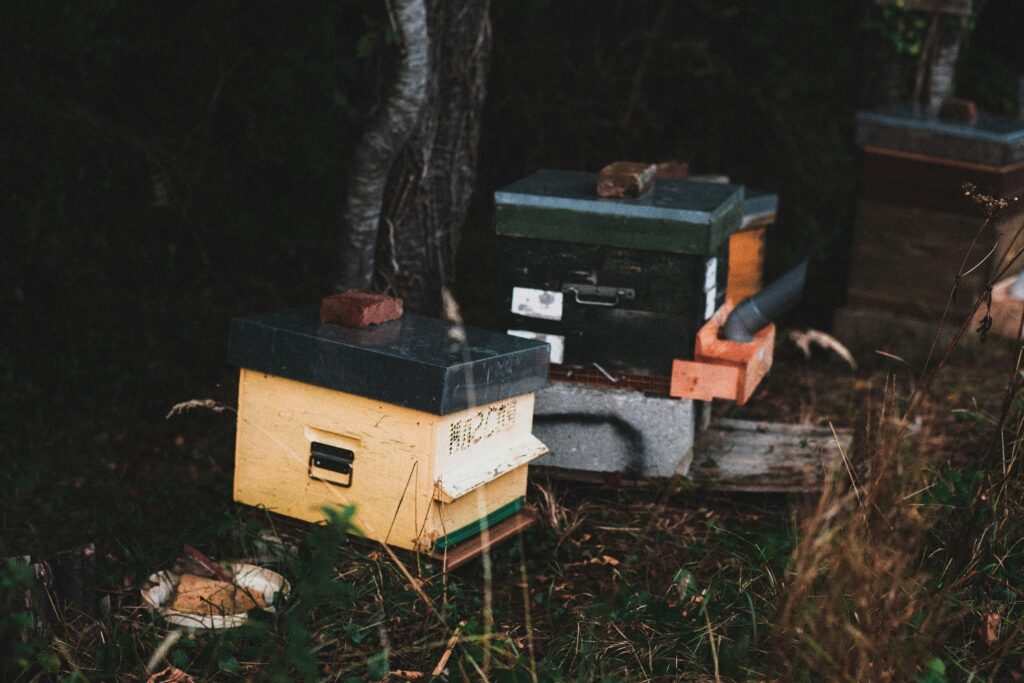
Successfully keeping pet insects begins with having the right equipment, most of which is affordable and readily available. The most important item is an appropriate enclosure – for most beginners, this can be a modified plastic container, a small terrarium, or a specially designed insect habitat with proper ventilation. Substrate materials vary by species but often include coconut fiber, soil mixes, paper towels, or specialized insect substrates available at pet stores. Temperature and humidity control are essential for many species, which might necessitate simple equipment like spray bottles for misting, small heat mats for warming (particularly important for tropical species), and hygrometers to monitor humidity levels. Feeding tools such as tweezers for handling live prey and small dishes for food and water (often provided through gel products or moistened cotton) complete the basic setup. Perhaps most importantly, beginners should invest in a quality care guide specific to their chosen species, either in book form or from reputable online sources, to ensure they understand the particular needs of their new invertebrate pets.
Common Mistakes to Avoid When Keeping Pet Insects
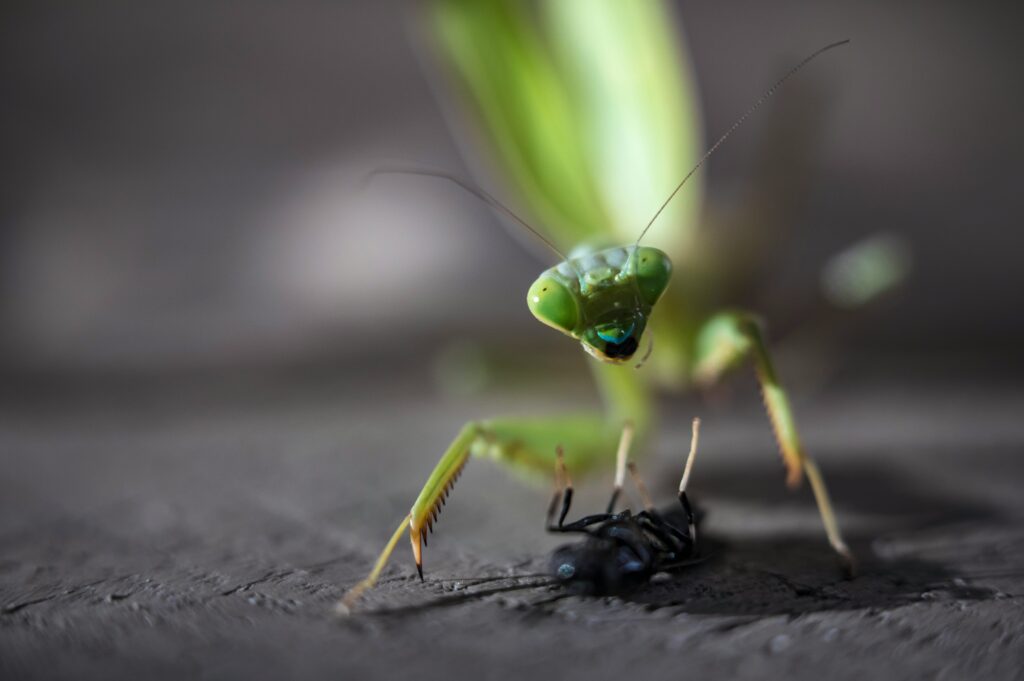
Even with relatively low-maintenance pets like insects, beginners often make several common mistakes that can impact their pets’ health and longevity. Perhaps the most frequent error is improper humidity – many popular pet insect species come from tropical environments and require higher humidity than typical household conditions provide, while excessive moisture can lead to harmful mold growth and bacterial infections. Another common mistake is housing incompatible insects together, as many species have specific social requirements or may become predatory toward other species or even conspecifics. Overfeeding, particularly with fruits or vegetables that quickly spoil, can create unsanitary conditions and attract pests like fruit flies or mites to the enclosure. Many beginners also underestimate their insects’ ability to escape, using containers without secure lids or with openings larger than necessary for ventilation. Finally, handling stress is often overlooked – while many species tolerate gentle handling, excessive disturbance or rough handling can cause stress, physical injury, or in extreme cases, death to delicate insects.
Educational Benefits of Keeping Insects as Pets
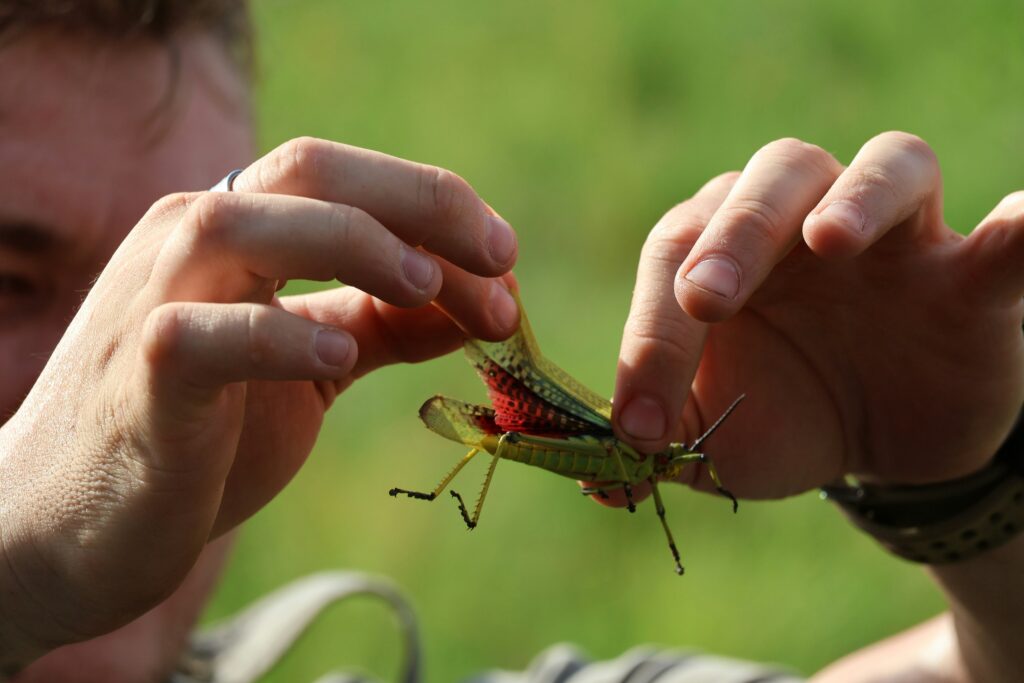
Keeping insects as pets offers unique educational opportunities that extend far beyond simple pet ownership. For children, insect keeping provides hands-on experience with biology concepts like metamorphosis, adaptation, and life cycles in a way that textbooks simply cannot match – watching a caterpillar transform into a chrysalis and emerge as a butterfly creates lasting understanding of these natural processes. Caring for insects also builds responsibility skills while requiring less time commitment than traditional pets, making them perfect “starter pets” for young children. For adults and serious hobbyists, entomology (the study of insects) opens doors to learning about complex behaviors, evolutionary adaptations, and ecological relationships that can be observed in miniature within a terrarium. Many insect keepers report developing greater appreciation for the invertebrate world and conservation issues after keeping these animals, often becoming advocates for habitat preservation and insect conservation in their communities. Additionally, the photography, journaling, and research that naturally accompanies this hobby enhances observation skills and scientific literacy for keepers of all ages.
Conclusion
Venturing into the fascinating world of pet insects offers a unique and rewarding experience that combines minimal care requirements with maximum educational value. From the gentle, leaf-mimicking stick insects to the industrious ant colonies that demonstrate complex social structures, these invertebrates provide windows into remarkable adaptations that have allowed them to thrive for millions of years. For beginners, the species highlighted in this guide represent the perfect balance of interesting behaviors, manageable care routines, and accessibility. Unlike traditional pets, most require just minutes of care each week, making them ideal for busy individuals, apartment dwellers, or those testing the waters of pet ownership. Whether you’re drawn to the prehistoric appearance of millipedes, the predatory precision of mantises, or the complete metamorphosis of darkling beetles, there’s an insect species perfectly suited to your interests and lifestyle. As you embark on this journey into entomology, you’ll likely find yourself developing not just a new hobby, but a deeper appreciation for the incredible diversity of the invertebrate world that surrounds us.

